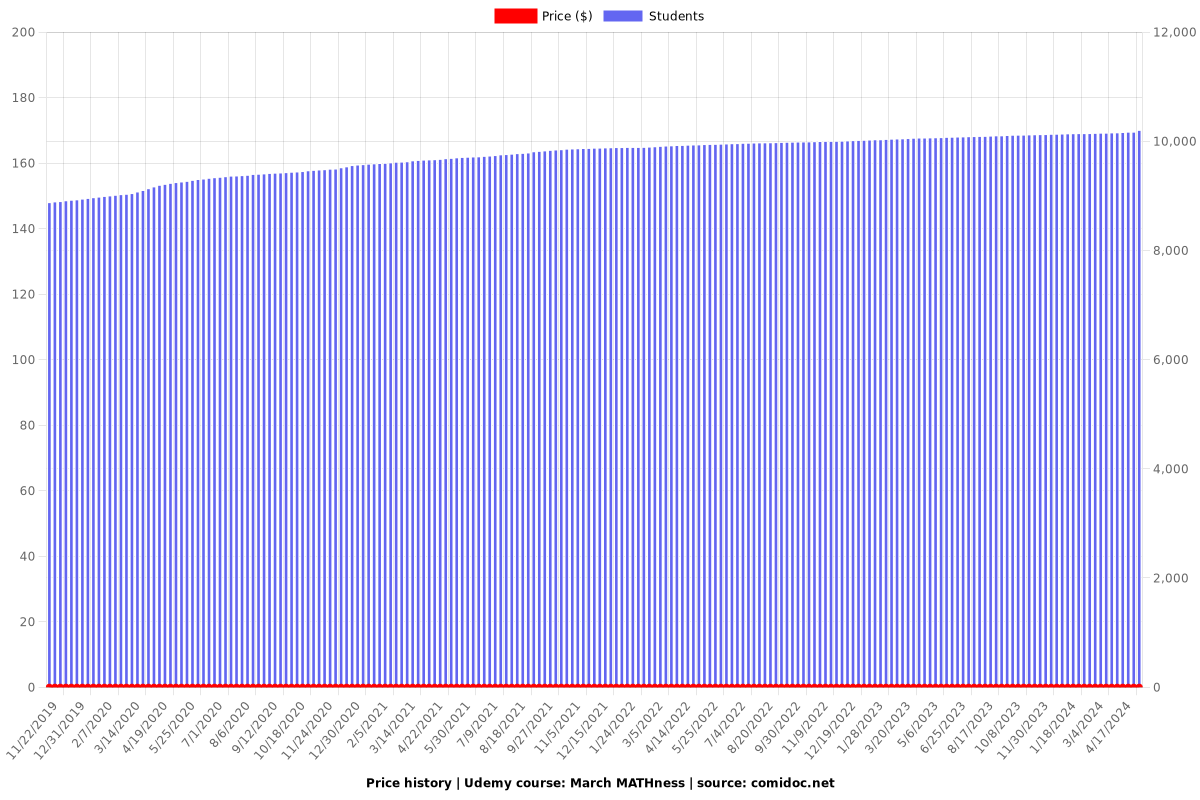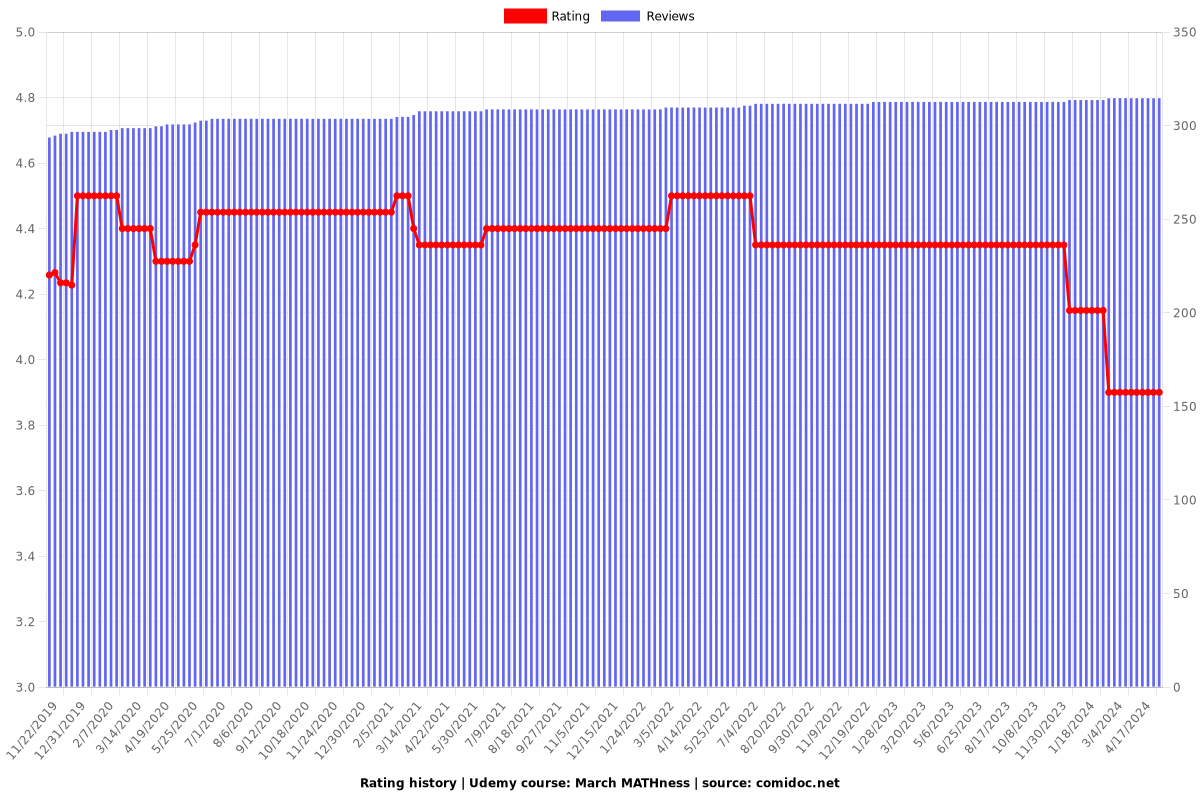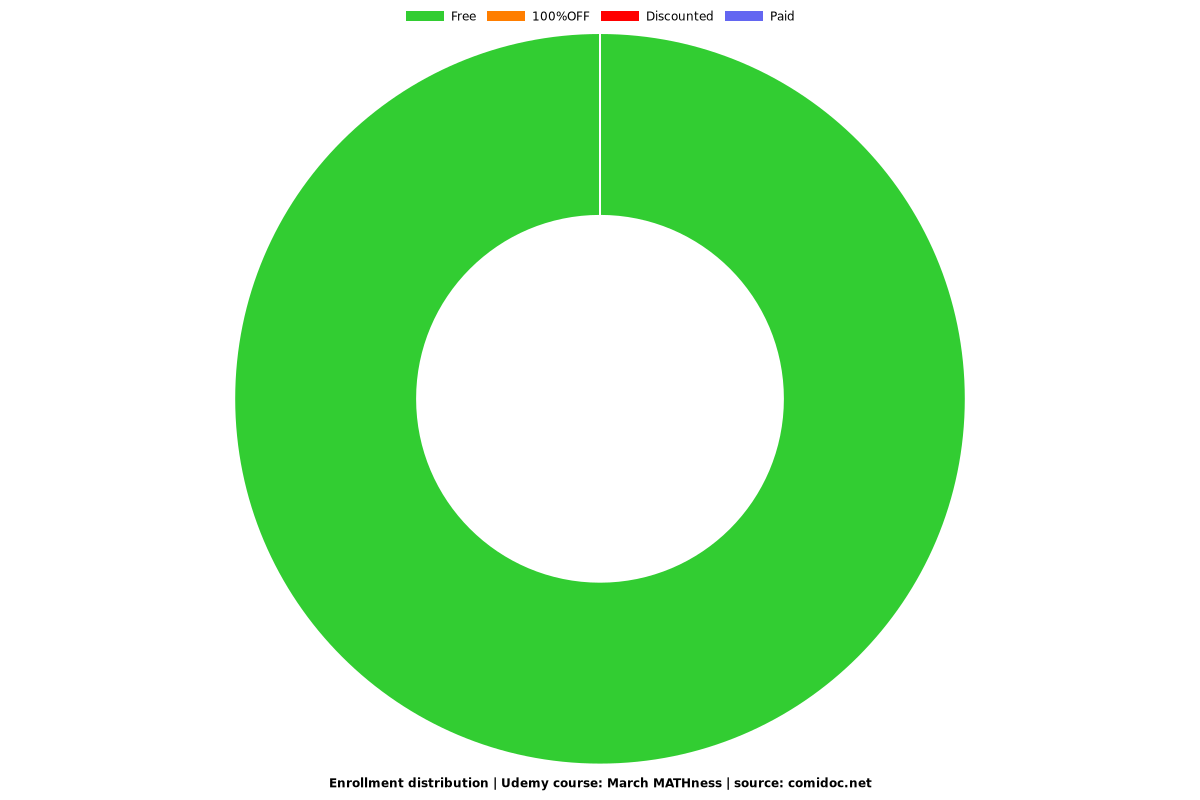March MATHness
Learn 3 popular sport ranking methods and how to create March Madness brackets with them. Let math make the picks!

What you will learn
By the end of the course, you will be able to rank sports teams using 3 popular sports ranking methods and create brackets for March Madness.
In this course, you will learn how to rank using winning percentage, the Colley method, and the Massey method, and how to adapt each ranking method to integrate momentum.
Why take this course?
A Faculty Project Course - Best Professors Teaching the World
Every year, people across the United States predict how the field of 65 teams will play in the Division I NCAA Men’s Basketball Tournament by filling out a tournament bracket for the postseason play. Not sure who to pick? Let math help you out!
In this course, you will learn three popular rating methods two of which are also used by the Bowl Championship Series, the organization that determines which college football teams are invited to which bowl games. The first method is simple winning percentage. The other two methods are the Colley Method and the Massey Method, each of which computes a ranking by solving a system of linear equations. We also learn how to adapt the methods to take late season momentum into account. This allows you to create your very own mathematically-produced brackets for March Madness by writing your own code or using the software provided with this course.
From this course, you will learn math driven methods that have led Dr. Chartier and his students to place in the top 97% of 4.6 million brackets submitted to ESPN! See more:
Math Improves March Madness Predictions
Screenshots




Reviews
Charts
Price

Rating

Enrollment distribution
